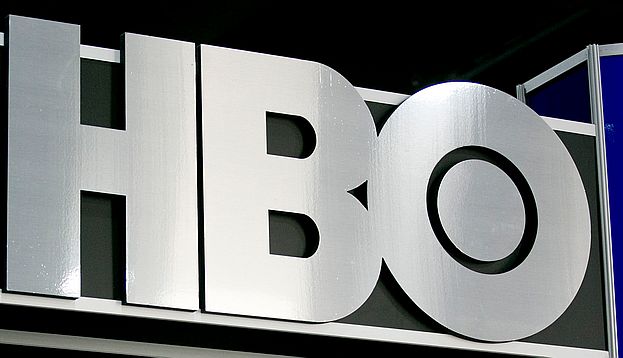It’s no secret that more services are making the jump to streaming, as both HBO and CBS announced last week that it would be launching stand-alone apps where viewers could watch their favorite programming from a number of given devices. But could this change television viewership as we know it Michael Wolff of The Hollywood Reporter recently sounded off on the matter.
While the rise of streaming services is notable, that doesn’t automatically mean that television is on a deathknell. In fact, according to Wolff, the venue could very well expand even further, opening the door to possibly more revenue.
“Yet it is the Netflix model that breaks from web formats and reverts to traditional premium TV,” said Wolff. “It charges subscription fees; it licenses content (largely TV content); and now it makes, a la HBO, highly regarded programming using top talent. Other than residing on the web or as an app, Netflix actually rejects the conventions of digital media. It is not user-generated; it is not social; it is not bite size; it is not free. And now its approach is the one most other digital companies with big media ambitions — Google, Amazon, Yahoo — are looking to pursue: that is, to become like television.”
He continued, talking in television’s defense, “Television, in the digital view, will go the way of music and print, low-value fuel for the high-value digital engine. But television always has been a different sort of media product, never one thing (broadcast, cable, syndicated, first-run, rerun, VHS, DVD, DVR, etc.) but ever transforming, protean. It’s currency in the hands of savvy traders: You want my hit show, you give me this distribution advantage; you want my distribution, you give me your hit show. The more platforms, the more leverage.
“Indeed, traditional television’s establishment of streaming outlets is not merely an effort to compete with native digital TV platforms but to deliver a warning to satellite and cable distributors — mostly Comcast — that content producers have another way to weight the scales in negotiations for cable fees. Of course, at the same time, in this finely balanced ecosystem, Comcast, controlling the largest share of broadband delivery, also benefits from the growth of digital TV platforms. And with a two-tier net-neutrality rule coming — that is, a faster and slower speed — Comcast will have another thumb to put on its side of the scale,” Wolff continued.
He offered the concluding statements, “The digital world believes, too, that it gains key advantages on its own turf. But television, curiously, always has been very good at competing with itself. The archetype of the TV executive as rapacious and ever-calculating — a truly heartless suit — probably is an accurate one, meaning he or she negotiates well. TV product, available in myriad ways and through often competing distributors, has remained both carefully controlled and artfully profitable — now, with subscription and advertising revenue, more than ever. Once we believed television would be diminished in a fractured world; in fact, it turns out television’s power grows as it accommodates greater and more varied demand.
“Assume HBO bought Netflix for $30 billion. What would it own A streaming site that competes for its subscribers. By saving $30 billion and creating a stand-alone version of its HBO Go app, it essentially will have the same outcome: a streaming site that competes for its subscribers. But for every subscriber who shifts, it will make money at the Netflix rate of $8.99 a month (in many instances, more than it makes per subscriber from its cable deals). So it: a) hurts Netflix and all other digital competitors; b) does not hurt itself; c) establishes a new platform, potentially raising the share price of parent Time Warner; and d) has an empirical learning curve for how to grow across new platforms and extend its ubiquity. Ditto for CBS,” he said.
The full editorial can be read here.

